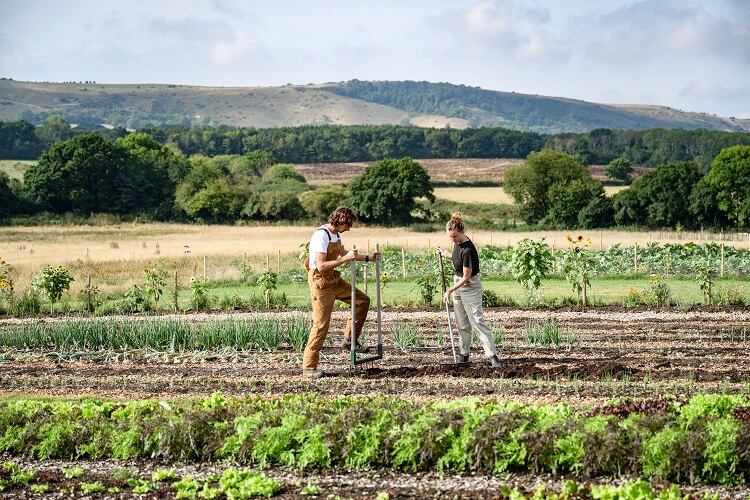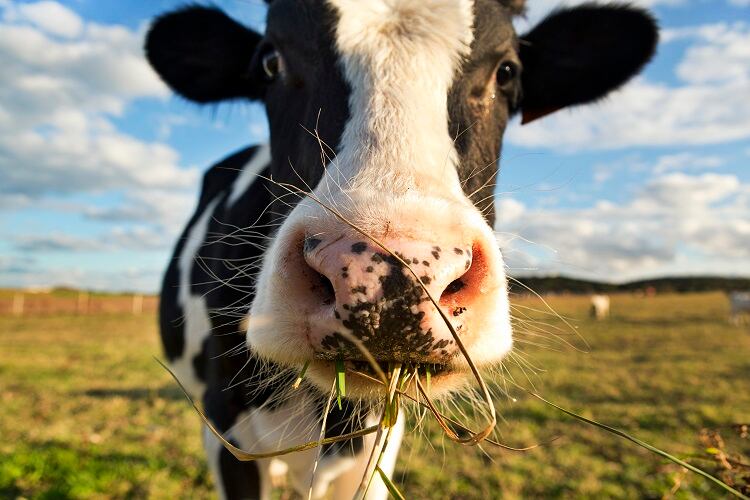The SAI Platform has announced the ‘Regenerating Together’ programme, which its more than 170 members, which include companies and cooperatives, have committed to. The programme aims to outline a framework for companies to implement regenerative agriculture practices, a framework that can be applied on a global level.
Aiming to improve soil health, retain water in the soil, support biodiversity, reduce industry consumption and mitigate and adapt to the worst impacts of climate change, the framework strives to strengthen and make more resilient global agriculture. Alongside these elements, it also aims to keep farmers’ businesses alive.
The framework, which has been already tested out by more than 20 FMCG companies across their global supply chains, also sees the collaboration of a range of farmers, NGOs, and academics.
Towards a working definition
There is as yet no working definition of regenerative agriculture at an EU level. This has led to some, most notably the Food and Land Use Coalition (FOLU), to express concerns that such a lack of clarity could open up the potential for greenwashing, enabling companies to enact ‘regenerative agriculture’ in their supply chains without having to conform to any clearly defined set of practices.
The SAI, which represents many key players in the industry, has now introduced a working definition.
“SAI Platform defines regenerative agriculture as an outcome-based farming approach that protects and improves soil health, biodiversity, climate, and water resources while supporting farming business development,” Domink Klauser, Director of Regenerative Agriculture at SAI Platform, told FoodNavigator.
“An outcome-based definition allows flexibility in the approach to achieve desired outcomes, based on specific local context which crucially means that it is actionable at farm level. Regenerative agriculture represents a subset of topics and the important thing to note is that it’s not a replacement for sustainable agriculture, but a component with a specific focus on the natural environment.”
A framework to help farmers
As well as supplying a definition, the framework will also provide farmers with clear guidelines on how to implement regenerative agriculture. The guidelines work through four key focus areas – water, biodiversity, climate and soil – and through four steps of implementation - risk screening assessment, outcome selection, the adoption of principles and practices and the monitoring and assessment of progress.
“SAI Platform’s Regenerating Together Framework includes a number of regenerative agriculture principles that can be scaled to suit farms and businesses of all sizes along the supply chain,” Klauser told us.
“The principles sit across four impact areas . . . with some of the most common examples including maintaining soil cover, integrating livestock and implementing nutrient management.
“However, these principles are suggestions, and the strength of the framework is that it is not prescriptive about practices and principles. Farmers are free to select appropriate practices and principles as long as they lead to an improved performance against prioritised outcomes.”
The framework, according to Klauser, can be adapted globally, to fit the context of the individual farmer. “One of the key benefits of the framework is that it is applicable to all terrestrial systems, including crop and livestock, regardless of farm or ranch size and location.
“The flexibility of the framework – and a unique feature - means that it can encapsulate many different practices, but allows farmers to select those that fit their agroecological and socioeconomic context rather than being prescriptive in its approach.”
The framework will be integrated into the SAI’s existing initiatives, such as the European Roundtable for Beef Sustainability (ERBS), the Farm Sustainability Assessment (FSA) and the Sustainable Dairy Partnership (SDP).
Future collaborations
While collaborations with political bodies such as the EU are not a key part of the programme, Klauser emphasises the SAI Platform remains open to potential collaboration between the public and private sectors.
“SAI Platform works in collaboration with our partner organisations to encourage adoption of the framework across the food and beverage industry. Within this approach, alignment between the public and private sector remains key to the development of regenerative agriculture transition plans and we are ready and willing to engage with stakeholders to aid and inform policy development.”



